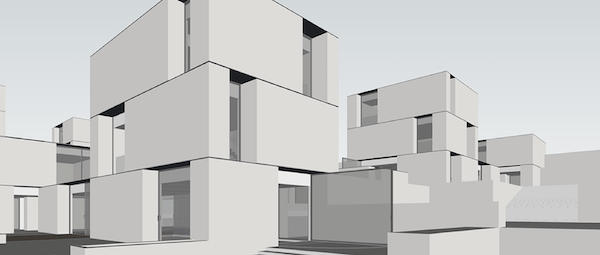Design ideas that are inspired by the Roman and Italian Renaissance era reflect classic appeal, elegance, and timeless beauty. If you want to infuse this principle into a modern home, there are many ways to do so.
In fact, a lot of furniture makers and interior designers can add elements that closely depict distinctive Renaissance design into their works and creations through window designs, drapes, chaises and sofas, ottomans, wooden details, chandeliers, rugs, and the correct choice of fabric.
The availability of such resources makes the idea even more accessible to anyone who adores classic European art and culture.
There are several ways to plan and prepare for a Renaissance concept. However, it is important to gain a better understanding first of its major characteristics.
Basically, Renaissance design demonstrates a conscious “rebirth” or revival of certain elements of classical thought and material culture. It also depicts the careful development of a particular symmetry and classical orders. To understand this further, here are some basic ideas that can facilitate the planning stages.

Develop a contemporary concept for your home
There are many properties all over Miami that feature simple contemporary concepts. These are characterized by modern architecture with a touch of traditional exterior and craftsman touches plus an open floor plan.
Contemporary homes usually feature sleek modern design principles both on the interior and exterior with plenty of windows, symmetrical curves and details, and parallel designs. Finding Miami properties with contemporary design offers a lot of possibilities for aspiring homeowners to carefully plan and develop a Renaissance-inspired atmosphere within their property.
The sleek details, graceful curves, and clean lines that make up a contemporary home are essential and beneficial elements to create a highly feasible design plan.
1. Minimalist Approach
A Renaissance-inspired home is characterized by classic beauty and timeless elegance. If you want to come up with such a principle, the best way to do so is to stick to the basics.
This refers to adding ornaments that serve a dual purpose (both decorative and functional) such as large mirrors on the walls for design, graceful chandeliers for lighting, large jars or vases to hold indoor plants, and throw pillows to grace the sofa.
The minimalist approach in renaissance design means avoiding multiple tiny ornaments placed over flat surfaces that don’t serve any purpose; but rather choosing a single yet bigger ornamental item that can be highlighted on a specific spot.
2. Furniture and Rugs
Another way to establish a renaissance feel to a home or property is by adding tangible elements like furniture and rugs. Furniture makers usually come up with designs that are inspired by the Renaissance era and Italian concepts some of which are Kathy Kuo, Anthony Baratta, Noir, Cappellini, and Serena & Lily among many others.
There are accent chairs, accent tables, sideboards, dining sets, and chaises that resemble classic European designs. A renaissance-style rug can tie the entire concept together and adds a touch of elegance.
A large floor rug can also help organize an open floor plan by setting specific boundaries to identify the different parts and purposes of a room.
3. Color Scheme
Creating a Renaissance-style atmosphere within a home doesn’t necessarily mean using dark colors and earthy hues. In fact, a lot of European designs make use of light yet solid color schemes such as neutral shades of brown and gray and even white and beige as bases against wooden structures. Adding an interesting mix of contrasts can create different layers of design.
For example; a plain off-white sofa and accent chairs can be decorated with colored throw pillows and placed over a rug with Renaissance-inspired print. Drapes that resemble Gothic designs and colors can add playful elements to a living room and dining room.
A classic chaise covered with dark or printed fabric can be draped with a stylish throw made of light-colored material. The main idea is to use contrasting hues and textures to create several layers of design that are visually appealing instead of using a single color theme.
4. Proportion and Symmetry
Some of the most distinctive characteristics of Renaissance design are proportion, geometry, and the regularity of parts with an emphasis on symmetry. These are vastly demonstrated in the architecture of ancient Roman-like the Pantheon, the Colosseum, St. Peter’s Basilica, and Trevi Fountain.
Basically, if you want to create a Roman Renaissance-inspired concept for your home or property, you should start by paying attention to structural details such as symmetry in the alignment of windows, parallel columns, or pillars that follow a particular order, regularity of parts, and spatial proportion. Other essential elements are based on foundational architecture such as facades, domes, and arches.
Creating a Renaissance design for your home or property can be initiated by paying attention to the most basic elements which include structural details, contemporary design, and an open floor plan.
The rest can be infused by adding ornaments, furniture, paintings, and various principles which are based on ancient European culture. Creating a minimalist approach while concentrating on the functionality of every detail can likewise make the idea more feasible.